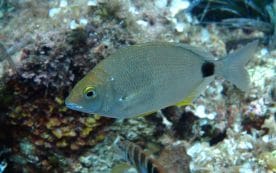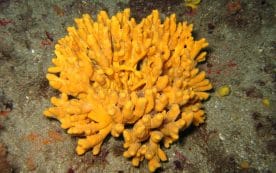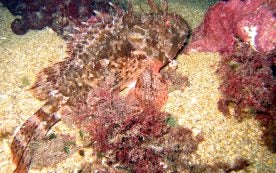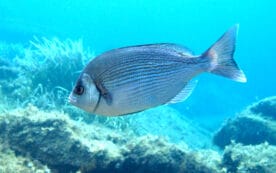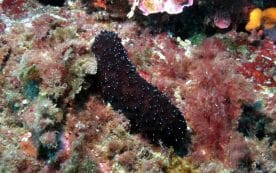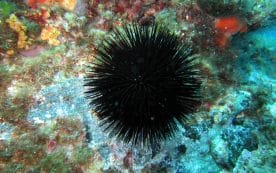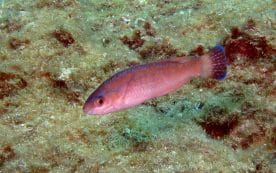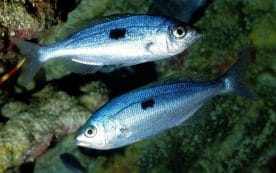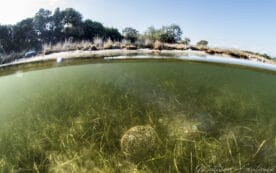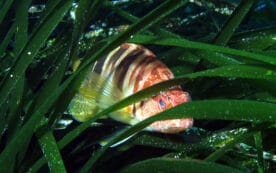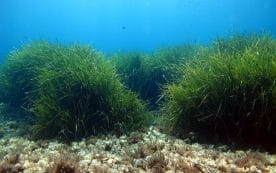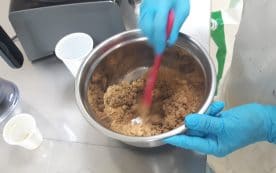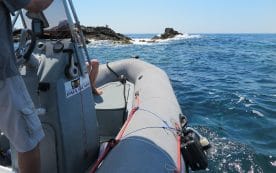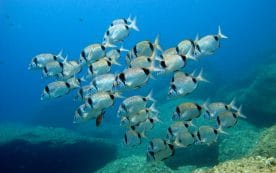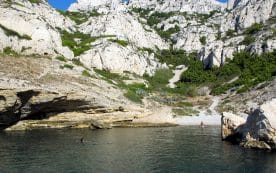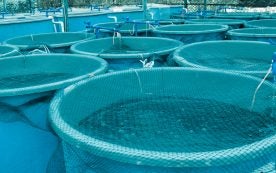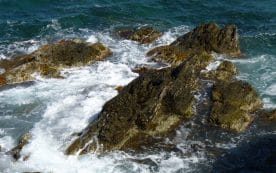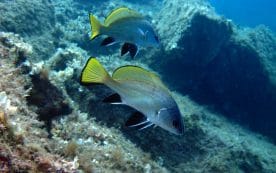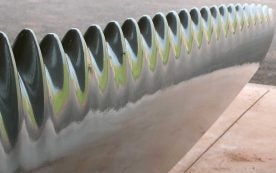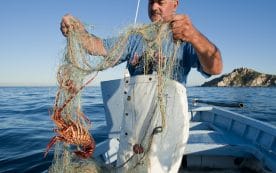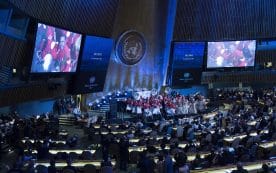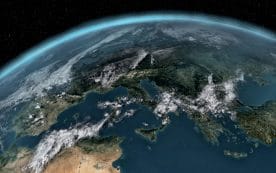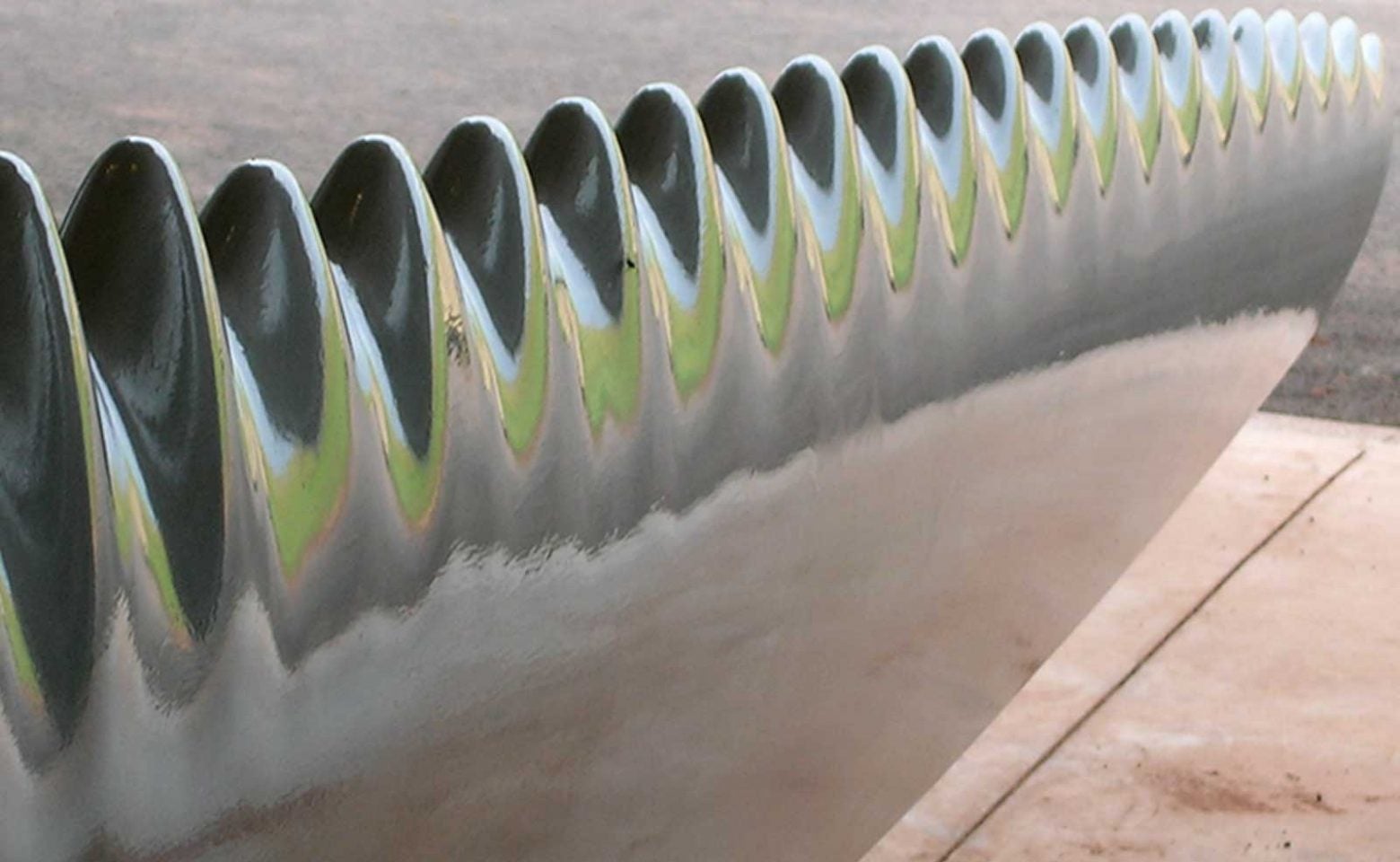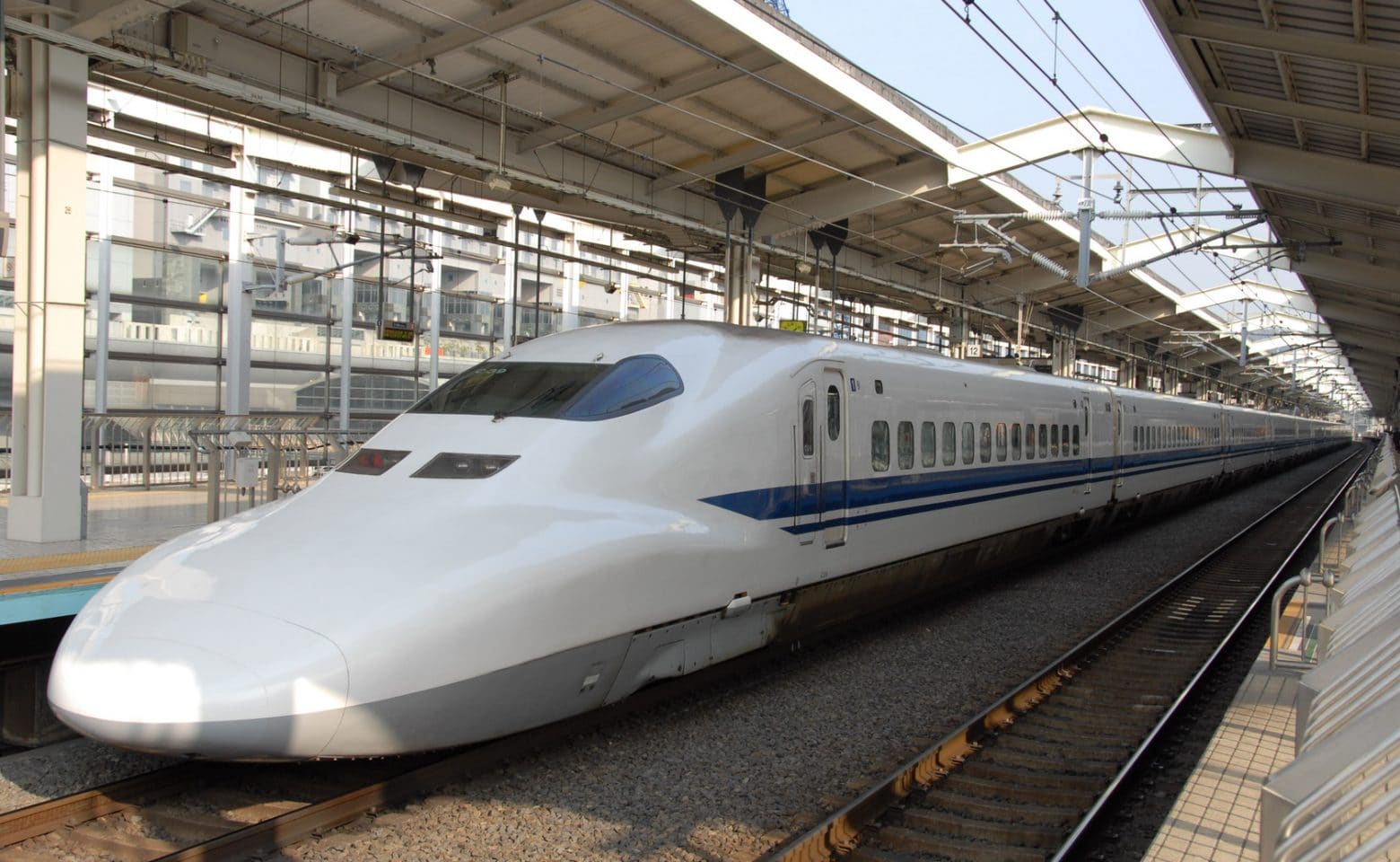By observing nature and natural phenomena, scientists seek to understand them and to innovate on that basis. Bio-inspiration can be applied to three aspects:
> shapes and structures – the kingfisher’s beak is shaped to allow it to dive into water at high speed without a splash. By studying this, researchers and engineers designed the distinctive nose of the Shinkansen, Japan’s bullet train, which cuts through the air more easily thereby consuming less energy and eliminating sonic booms in tunnels;
> processes and materials – mussels produce a powerful glue that holds them on rocks despite crashing waves. Once researchers understood how this substance was produced, they developed a surgical glue for human tissue that can replace stitches and staples and avoid scarring;
> ecosystems and balances – ecosystems function in such a way that waste from one species becomes a resource for another. The replication of circular production models stems directly from bio-inspiration, and permaculture is one example of this.
The Institute believes firmly in bio-inspiration and the marine environment is a huge source of inspiration for our researchers. By helping to better understand how ecosystems function, they are bringing to light the creative genius of the living world and its four billion years of experience.
-
IMTAResearch programme
The Institute is experimenting with integrated multi-trophic aquaculture (IMTA), where several species are combined within one aquaculture system on land, so that one species can feed on the rejection of another. By imitating a natural ecosystem, we can create a circular farming model.
-
BiofoulingResearch programme
The Institute has its own research programme on biofouling. The objective is to produce an antifouling paint for ships’ hulls using new, environmentally-friendly molecules inspired by natural organisms with antifouling (i.e. anti-adhesive) properties.
-
CESE report
Patricia Ricard presented a report on biomimicry to the French Economic, Social and Environmental Council in 2015. The report recommended building networks and fostering multidisciplinarity to support this approach and was unanimously adopted.
-
CEEBIOS
CEEBIOS, the European Centre of Excellence in Biomimicry at Senlis, was established in 2015 to support bio-inspiration, federate researchers and demonstrate the benefits of this approach. Prof. Gilles Boeuf is one of its founders and a member of the Institute’s Honorary Committee. We interviewed him for the feature on bio-inspiration in the Institute’s newsletter.
-
Blue carbon
In the coming battle to find a way of dealing with climate change, the Ocean is a key ally. By absorbing much of the carbon in the atmosphere, it offers the planet another chance to go on breathing. This is what we call the blue carbon absorbed by the marine ecosystems, and more particularly those of the shallow coastal waters, such as the Posidonia oceanica seagrass meadows, the coral reefs, the mangroves and the tidal salt marshes.
Read in the Institute’s 2019 newsletter

